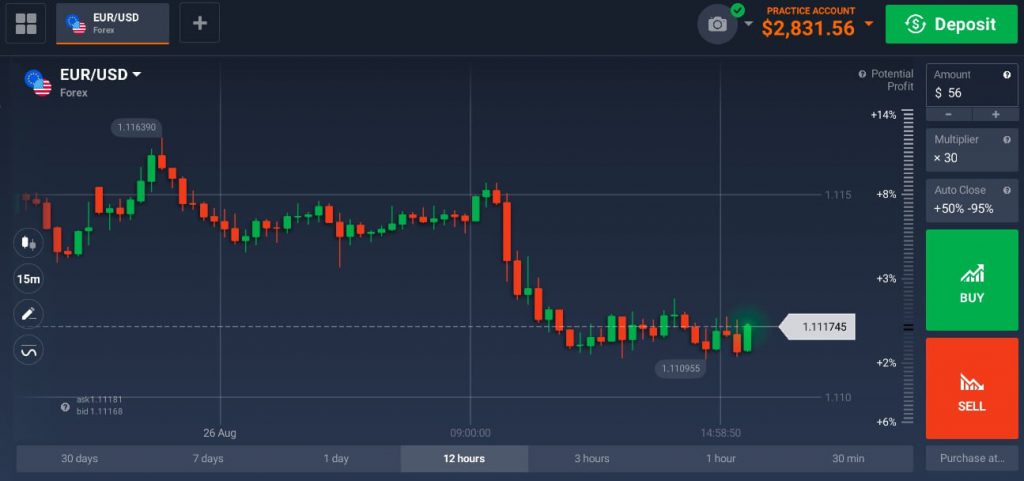What comes to your mind when you think about successful trading CFDs? Most traders believe that success in CFD trading is all about finding a perfect trading opportunity and speculate on it. When in fact the correct answer is consistency. You probably already know that in order to trade, the trader has to abide by certain rules. CFD risk management is also a set of the said rules.
Risk management is a key concept in trading that all novice traders should understand and learn to apply. Unfortunately, this topic is often overlooked, sometimes even dismissed as unimportant. Nonetheless, more than one trader has gone bankrupt due to his lack of discipline and insufficient risk management.
When expecting a single trade that will change your life for the better you behave like a gambler (which is obviously counterproductive). But in reality, trading has nothing to do with gambling. The sooner you understand this, the better. If you find yourself thinking about trading in terms of blind luck, you are definitely doing something wrong. CFD risk management rules are here to bail you out and make your entire trading journey more productive.
The 2% rule
Investing a random amount of money into a deal (just because you think it is a good idea) is very close to gambling. Allocating a thoroughly calculated amount, on the other hand, can pay off in the long-term. It is widely accepted that the optimal amount of money you invest in a single deal should not exceed 2% of your entire capital.

Knowing how to control losses is as important for a successful trader as it is to spot a trend reversal, open a deal in the right direction, etc.
No matter what trading strategy you use, you will occasionally run into a losing streak. This is when CFD risk management rules are especially important. When winning one trade after another, it doesn’t matter whether you have 1% or 50% of your trading capital invested. Actually, you would be better off by allocating as much as possible when success is guaranteed. However, in reality, there is always a chance of failure (which is actually quite high).
You, therefore, may want to find a balance between the potential profit and loss you are quite likely to incur. Some traders settle for 2% of their trading capital per one deal. Why? Because, according to them, 2% is good enough for consistent trading and also gives enough flexibility to survive a losing streak that will sooner or later occur. Let’s use an example to better understand this logic. For example, let’s take a look at a losing streak of only 5 deals and compare what happens when allocating 2% and 10% of the trading capital to a single deal.
| # of the deal | 2% | 10% |
| 0 | 10,000 | 10,000 |
| 1 | 9,800 | 9,000 |
| 2 | 9,604 | 8,100 |
| 3 | 9,411 | 7,290 |
| 4 | 9,223 | 6,561 |
| 5 | 9,039 | 5,904 |
As you can see in this example, there is a huge difference between 2% and 10%. When allocating 2% of the capital to a single deal loses might reach only 10% of the initial capital. With 10% at stake in every deal, loses may be over 40% after a series of only 5 unsuccessful deals. Quite a difference! No matter how good you are at your best, at your worst you want to remain as humble and disciplined as possible.
Remember that as a trader, you are not looking for a jackpot. Instead, you should be interested in a series of small wins, each of them getting you closer and closer to your goal.
Fund allocation is not the only risk management rule to follow. Still, it is something to familiarize yourself with and, most importantly, use in your daily trading routine. Just following this simple rule can dramatically increase your chances of improvement.

